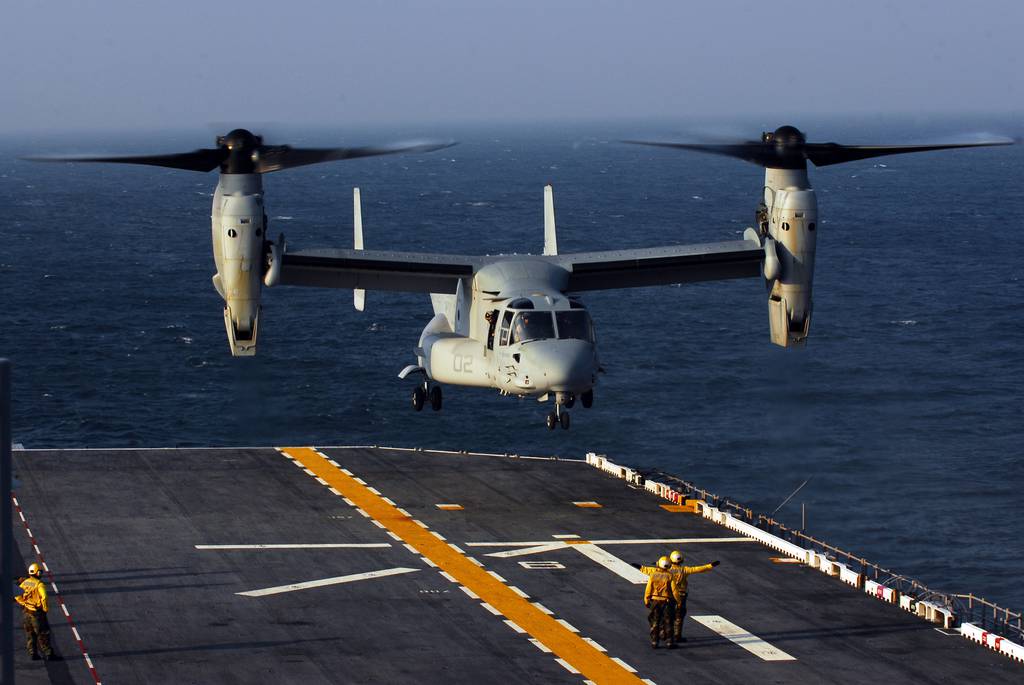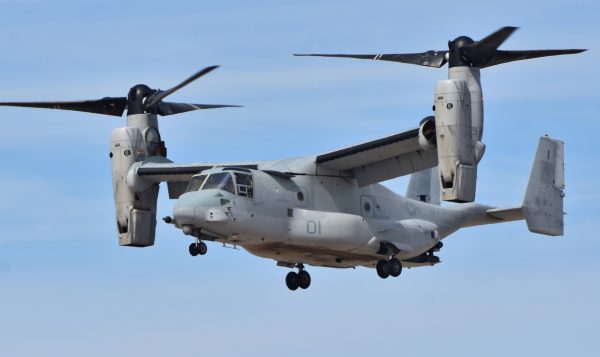- Joined
- Jun 11, 2015
- Messages
- 3,433
- Display Name
Display name:
Piperonca
My knowledge is limited to watching V-22s fly. Then seeing some parked on the ground. That’s about it. But I was around the rotorcraft community for a while, and there’s always some oddball thing coming up. For example, you may remember short shafts in the Black Hawks blowing up and catching fire —that one was tricky. My former boss was on a red team to investigate it. As we saw on the video you posted, parts and their respective suppliers can turn out to be an issue. If you’ve got stuff running around in a gearbox or in a clutch and somebody changed suppliers or the metallurgy changed— well, then you got a problem.Well it’s OR rates have never been it’s strong suit. Keep hearing it hasn’t matured yet but jeez, it’s been in service for 16 years. Some of the maint stuff should’ve been worked out long ago. The aerodynamic quirks are understandable but they still have clutch and sand ingestion issues???


